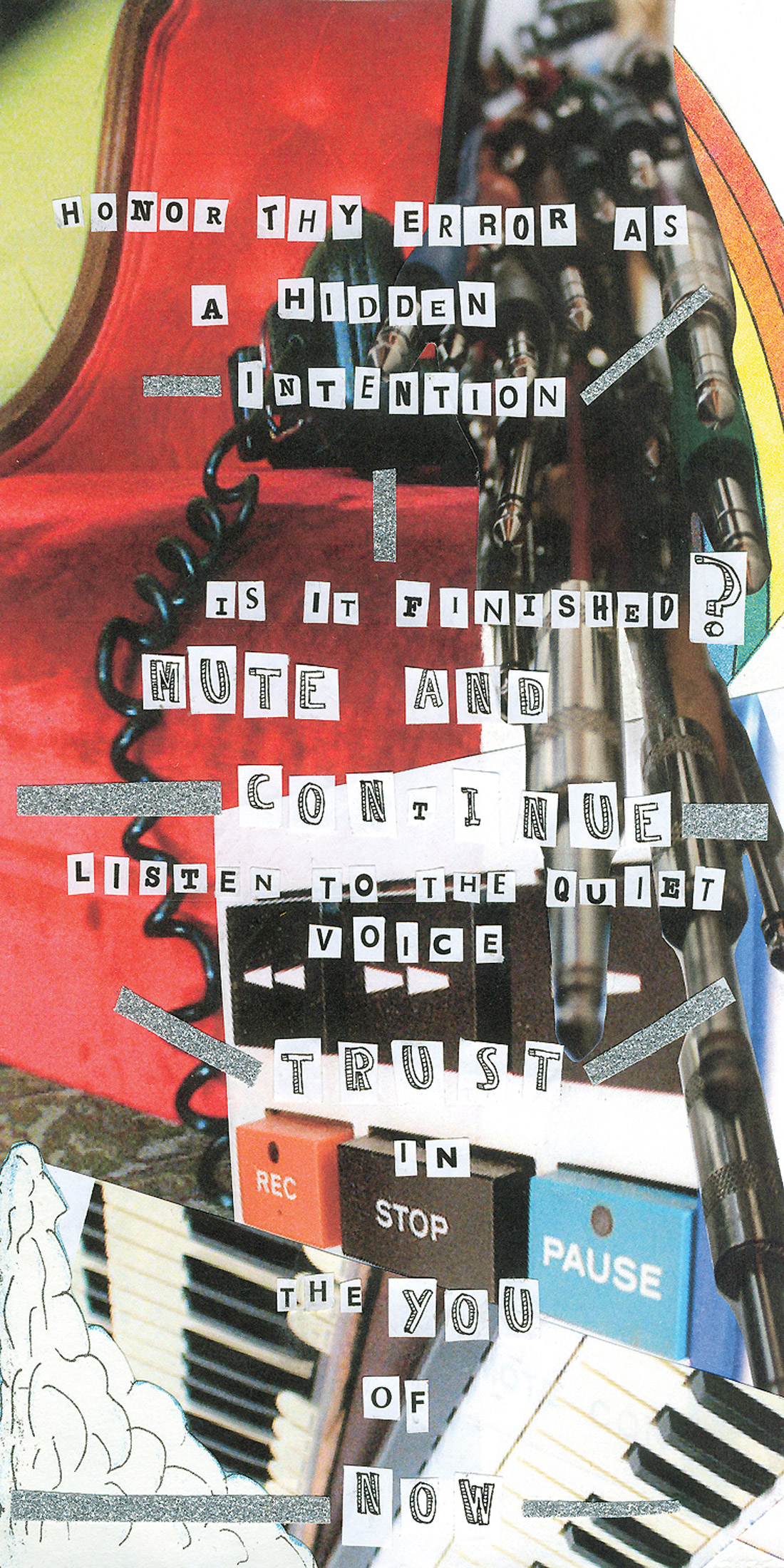While recommending various hand tools for maintaining studio wiring in the previous issue, I thought of also covering flashlights, but being the tool geek that I am, I realized I wouldn't have enough room to share with you my suggestions for the various lighting products I keep on hand — unless I reserved a whole column for the topic. More often than not, the subtle lighting that preserves your studio vibe will be ineffective when it comes time to fix things. Therefore, a flashlight is a necessity whether you're taking note of your cue sheet during a dimly-lit session or you're peaking behind a rack to check on a piece of gear. A "torch" (for you UK readers) that is easy to access when you need it — in a front pocket, on your keychain, or around your neck — is often best, especially if you've managed to contort yourself into a tight spot looking for an elusive broken connection or such. I've mentioned before that I keep a thumb-switch LED light on my keychain; you can find these in hardware or sporting goods stores. Mine is the Beamer from Super Bright LEDs ($2.99; www.superbrightleds.com). It's the brightest light of its kind that I have seen; it puts out a nice, wide spot that's perfect for illuminating the backs of racks; and it has a locking slide- switch so you don't have to keep squeezing it. If you're a fan of the original Mini Maglite, Super Bright LEDs also sell replacement LED modules (which incorporate the lamp, reflector, and electronics) that use far less energy than conventional bulbs and will never burn out. A few years ago, before Maglite offered their own LED flashlights, I converted all of my Maglites with these LEDs. More recently, I purchased two purpose-built LED penlights that I find very impressive. My favorite is the 4Sevens Preon 2 ($43-$47; www.4sevens.com). With two AAA batteries and a Cree XP-G R5 LED module, it has an output of 160 OTF lumens at max power — brighter than larger, multi-D-cell conventional lights. It also has low and medium power settings, as well as several strobing patterns. My Maxxeon WorkStar 220 penlight ($29.97; www.maxxeon.com) is a close second, but only because it uses difficult-to-source AAAA batteries (yes, quadruple-As). Its broad, evenly-dispersed, 70 lumens beam is oftentimes better suited for close-up work than the Preon's hot-spot beam, although it lacks the Preon's multiple lighting modes. When I need to use both hands to do delicate work, I strap a Husky 3 Watt LED Head Lamp ($12.87; www.homedepot.com) around my head. I like that it's not overly bright, and I can rotate the lamp module 90 degrees to choose between a wide left-right beam or a tall up-down one. It's easy enough to adjust the lamp's position on my brow so I can see into the tiniest of gaps and openings, without the work area being flooded with too much distracting light. When I recently opened up an Intel iMac to install a solid-state drive, the head lamp was crucial for finessing the four Torx screws that hold the LCD panel in place. I have several other head lamps for camping and SCUBA diving — with harness-like headbands and multiple lighting modes — but the Husky is better for precision, two- handed operations. Another hands-free light that I find indispensable is the Striker LED Light Mine ($5.97; www.striker1.com). It looks like the magnetic mines that are used to sink submarines and ships, but this one has twelve supermagnets around its perimeter for attaching the unit to a nearby surface so you can aim the beam where you need it. This and its bigger brother Light Mine Professional ($19.97) are my favorite, behind-the-rack tasklights. -AH

